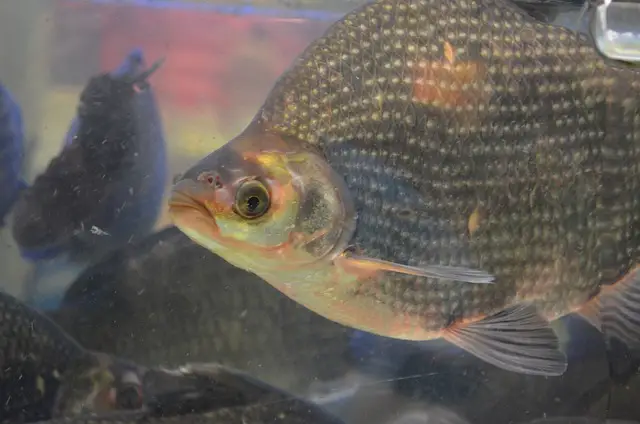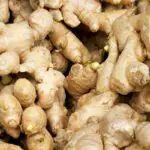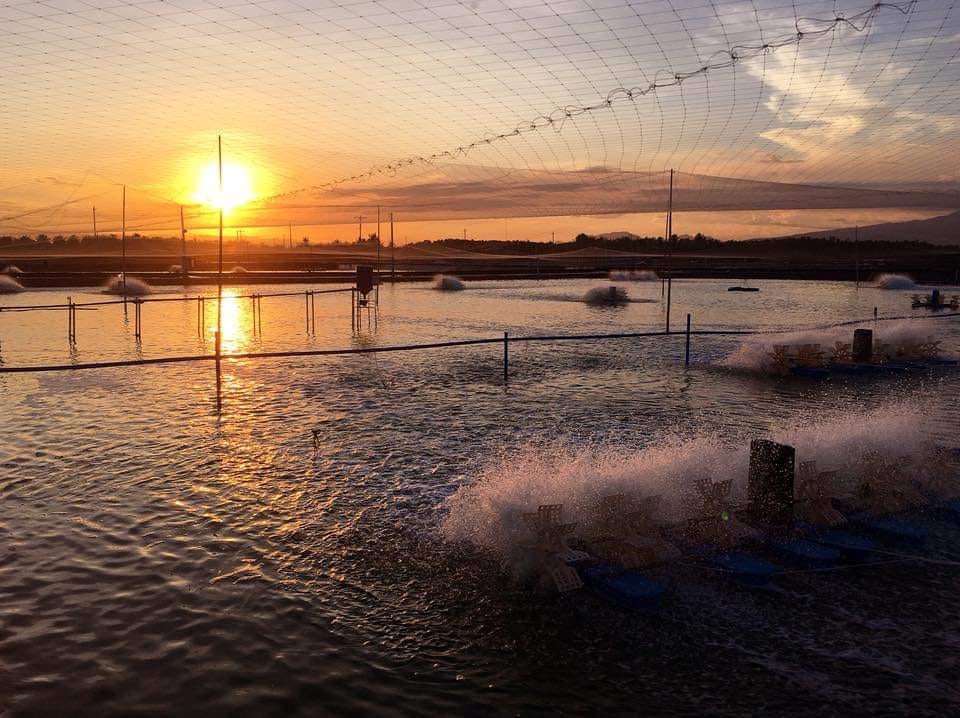Tilapia is the second most important freshwater food in the Philippines. Tilapia production fish pens are commonly found in almost all the major rivers and lakes in the country, including Laguna de Bay in Laguna, Taal Lake in Batangas, and Lake Buhi in Camarines Sur.
Locally, tilapia is also known as “pla-pla”.
The most important species is the Nile (Tilapia nilotica). Tilapia grows very fast and reaches a marketable weight of at least 200 grams in less than six months. A backyard fishpond for tilapia will increase family income as it’s a good quality food suitable for processing into dried, smoked, or salted dried.
In the dining table, culinary uses of tilapia includes fried, grilled, sinigang (a sour soup using tamarind, guava, calamansi or other natural ingredients as a base), paksiw (similar to sinigang, only it uses vinegar) and many other recipes.

For those who wish to pursue this aquaculture business, here are the details on setting up materials and procedures for operation.
Materials and Equipment for Construction of Concrete Pond
Table of Contents
Tilapia Production Fishpond Selection and Preparation
- Select Fishpond with the following characteristics:
- Clay soil to hold water.
- Water is accessible throughout the year and can be sourced from river, spring, deep well, rain or tap water.
- It must be free from pesticide contamination and pollution.
- The site is elevated for water to flow easily.
- Pond size could be 30-200 sqm. initially and can be expanded as the fish population increases.
- Level the bottom of the pond to prevent seepage.
- Conduct pond treatment only in concrete ponds to remove the toxic effect of cement. Do this by washing, flooding, and draining the pond at least three (3) times.
- Fertilize with organic fertilizer (chicken manure) at a rate of 1kg/sqm.
- Fill the pond with water at an initial depth of 5-10cm after the application of organic fertilizer for a week. This would allow the growth of algae to serve as natural feed for the fish. Growth can be observed through the greenish coloration of water.
- Fill the pond with water to the desired level between 1 m to 1.5 m.
- To ensure no fish will escape, fine-meshed wire should screen the drainage area (pipe).
Fish stocking
- Stock during the early morning or late in the afternoon when the water is cool to avoid the weakening of the fish. Care should be maintained. Choose pure quality stocks
and do not allow them to crossbreed with other species to preserve their genetic quality. - Deliver the fingerlings to the pond in oxygenated plastic bags to ensure maximum survival of the fingerlings.
- To assimilate water in plastic bags, open the plastic bags of fingerlings to float within the pond from 30 minutes to one hour. Open the plastic bags in water to allow the fingerlings to swim freely.
- Stock the ponds of at least 6 fingerlings/sqm. The ratio is 1 male is to 3 females. Avoid pairing many male tilapias because this tends to slow down the production of fingerlings since they tend to eat their fingerlings due to lack of feed.
Care and Maintenance
- Feed the tilapias twice daily (morning and afternoon) in one portion of the pond. Supplement feeds with fine rice bran, bread crumbs, earthworms, and others at an initial
rate of 5% of the total body weight of the fish. - Maintain natural fish food by adding more fertilizer every week. Place chicken droppings in sacks and suspend in the water at every corner of the pond. Put 2.5 kg of chicken manure per bag.
- Maintain a water depth level of 1-1.5 meters.
- Gradually remove excess fingerlings after the third month of stocking. Retain 6 fingerlings/sqm. Excess fingerlings can be used in the manufacture of fish meal
and as an ingredient for livestock and poultry needs. - Plant kangkong and gabi at one portion of the pond to provide shade for the fish during hot weather and to serve as growing media for natural fish food. Water lily also provides shade. However, do not cover the pond with plants as these will interfere with the natural food production process.
- Prevent seepages and leakages by patching them with muds. Clear the pond dikes with weeds.
- Plant trees and grass near the dike to avoid erosion and avoid dumping of garbage.
Fish harvesting
- Introduce catfish to the pond to control the population of small fishes for at least three months before harvest. After 4-6 months, tilapias weigh 200-400 grams and are
ready for harvest. - Drain the pond totally and allow fish to accommodate the lowest portion in the drainage area for easy harvesting. After harvesting, stock the pond again.






